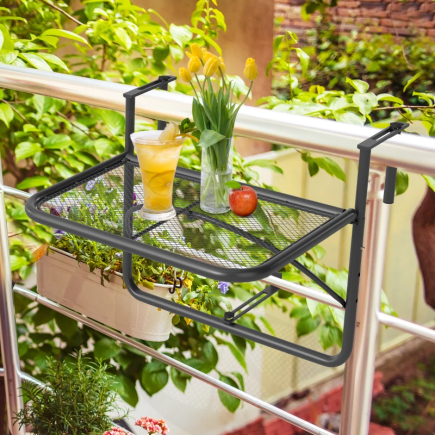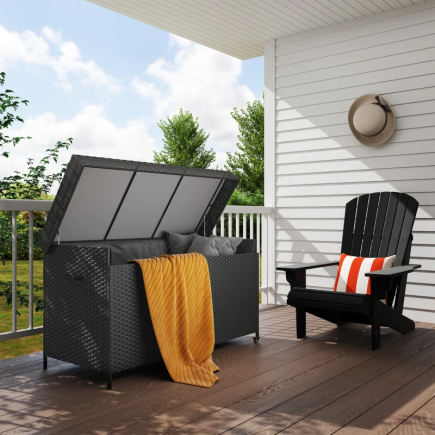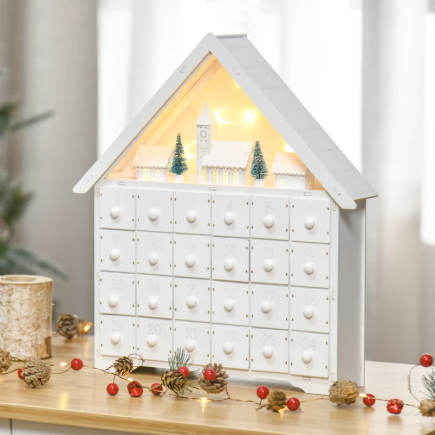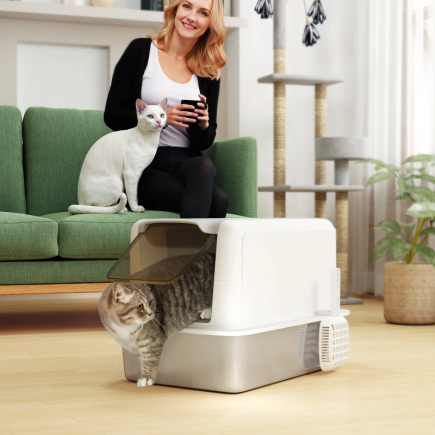A clean dehumidifier is crucial for maintaining a comfortable and healthy indoor environment, especially in areas with high humidity levels. Regular cleaning ensures that the appliance functions efficiently, enhances air quality, reduces allergens, and prolongs its lifespan.

Dust, mold, bacteria, and mineral deposits can accumulate over time, reducing the appliance’s efficiency, causing musty odors, and leading to potential malfunctions.
Safety Precautions Before Starting
Before beginning the cleaning process, make sure to follow these safety precautions:
- Power and Electrical Safety:
- Always unplug your dehumidifier before cleaning to avoid electrical hazards.
- If the unit has been running, allow it to cool for 10–15 minutes to prevent burns from hot surfaces.
- Protecting Internal Components:
- Be careful when cleaning around electrical parts and controls. Avoid using water directly on these areas.
- Only clean the components specified by the manufacturer. For example, cleaning coils may require professional servicing.
- Wear gloves for hygiene and a mask if you’re sensitive to dust or mold.
Tools and Materials Checklist
Before starting, gather the following tools and materials:
| Item | Purpose |
| Mild detergent | For safe cleaning on most surfaces |
| Microfiber cloth | To remove dust and grime without scratching |
| White vinegar or baking soda | For natural disinfecting and odor control |
| Soft brush | For loosening dirt from delicate areas |
| Bucket | For holding cleaning solutions |
| Gloves | To protect your hands from chemicals |
| Vacuum with brush attachment | To remove dust from vents, filters, and coils |
Tip: Avoid abrasive cleaners, as they can damage the dehumidifier surfaces.

Step 1: Disassemble the Dehumidifier (Before Cleaning)
- Unplug the Unit:
- Always unplug your dehumidifier from the power source before starting the cleaning process.
- Remove the Water Tank:
- Detach the water tank from the dehumidifier and empty any remaining water inside. Set it aside for cleaning.

- Take Out the Air Filter:
- Locate the air filter, which is usually behind a grille or cover, and carefully remove it. Gently tap it to release any loose dust.
- Access the Coils and Internal Components (if accessible):
- Refer to your dehumidifier’s manual for specific instructions on accessing internal components like coils. Be cautious and avoid cleaning parts that might require professional service.
- Disconnect the Drain Hose:
- If your dehumidifier has a continuous drainage system, disconnect the drain hose for cleaning.
Step 2: Cleaning the Dehumidifier
Once the unit is disassembled, you can begin the cleaning process.
- Clean the Water Tank:
- Wash the tank with warm water and mild detergent. Swirl the water inside to loosen any residue.
- For deeper cleaning, fill the tank with a mixture of equal parts vinegar and water and let it sit for up to 60 minutes to disinfect and remove odors.
- Use a soft brush to scrub any stubborn stains. Rinse thoroughly and allow the tank to air-dry completely before reassembling.

- Clean the Air Filter:
- Vacuum the filter with a soft brush attachment to remove dust. If the filter is heavily soiled, wash it in warm soapy water, rinse thoroughly, and let it dry completely before reinserting it.
- Wipe the Exterior and Clear the Vents:
- Use a damp microfiber cloth to wipe down the exterior and vents of the dehumidifier.
- Pay extra attention to the intake and exhaust vents, which tend to accumulate dust. Use a vacuum crevice tool or soft brush to clean around the edges.

- Clean the Coils and Internal Components (if accessible):
- Gently vacuum the coils with a soft brush attachment to remove dust. If your manual allows, wipe the coils with a damp cloth soaked in mild soap and water. Be cautious not to bend the delicate fins.
- Allow the coils to air-dry completely.
- Flush the Drain Hose and Pump (if applicable):
- Disconnect the drain hose and flush it with warm water to remove any debris.
- Run a diluted vinegar solution through the hose to disinfect and remove mineral deposits.

- Let the hose dry completely before reconnecting.
- Ensure All Parts Are Dry:
- Allow all cleaned components to air-dry completely in a well-ventilated space.
- Place the parts on a clean, dry towel to absorb any remaining moisture.
Step 3: Reassemble the Dehumidifier (After Cleaning)
Once all components are cleaned and dry, follow these steps to reassemble the dehumidifier:
- Reinstall the Filter
- Reattach the Water Tank
- Reconnect the Drain Hose
- Final Check and Test
Eco-Friendly Cleaning Options
If you’re looking for eco-friendly cleaning solutions, consider these natural alternatives:
- Vinegar solution: Equal parts vinegar and water disinfect and deodorize.
- Baking soda paste: Effective for removing stains without scratching.
- Plant-based cleaners: Gentle and safe for indoor air.
Quick vs. Deep Cleaning
Quick Cleaning:
Rinse the tank, vacuum the filter, and wipe down the exterior. This is ideal for weekly or bi-weekly maintenance.
Deep Cleaning:
Includes tank sanitization, filter washing, coil care, and hose flushing. Recommended every season or every three months.
Preventive Maintenance Tips
To keep your dehumidifier in top shape:
- Empty the water tank daily, especially during frequent use.
- Ensure there is adequate airflow around the unit by keeping vents clear of furniture and walls.
- Store the dehumidifier in a cool, dry location during the off-season to avoid mold buildup.
Seasonal Storage and Long-Term Care
Before storing your dehumidifier for the off-season:
- Perform a deep clean to ensure all parts are free from dust and moisture.
- Dry all components thoroughly before storing.
- Store it in a cool, dry place to prevent mold growth.
Maintaining a clean Home Dehumidifier is essential for its efficiency, air quality improvement, and longevity. Regular cleaning prevents mold, bacteria, and dust buildup, which can compromise the unit’s performance and cause odors. Whether you opt for a quick clean or a deep cleaning session, consistent maintenance is key to keeping your dehumidifier running smoothly.
By following this step-by-step guide, you’ll ensure your dehumidifier continues to provide reliable service, maintaining optimal humidity levels in your home throughout the year.
FAQs
1. Does a dehumidifier help protect furniture and electronics?
Yes. By reducing excess moisture, it prevents wood warping, rusting of electronics, and damage to paper or fabric items.
2. Are portable dehumidifiers as effective as whole-house systems?
Portable units work well for individual rooms, but a whole-house system is better for large spaces or multi-room coverage.
3. Can a dehumidifier help reduce allergy symptoms?
Yes. By lowering humidity levels, it reduces mold spores, dust mites, and bacteria in the air, which can help relieve allergy and asthma symptoms.






















